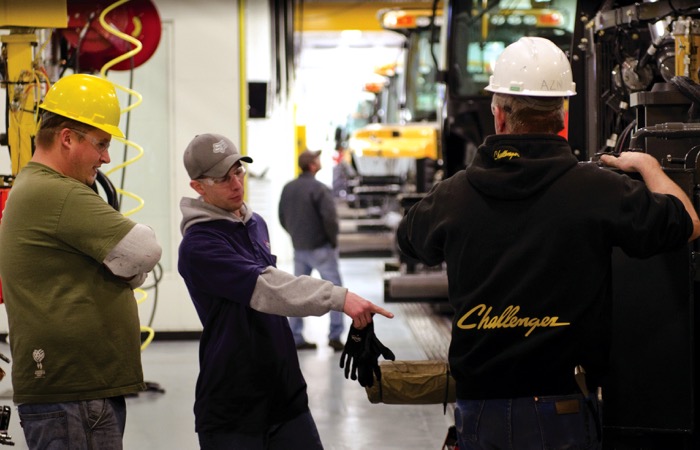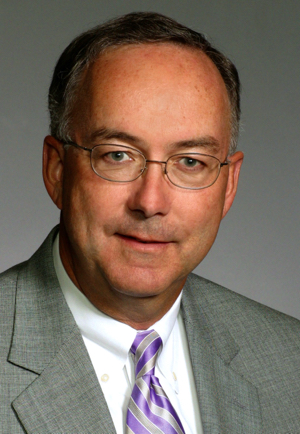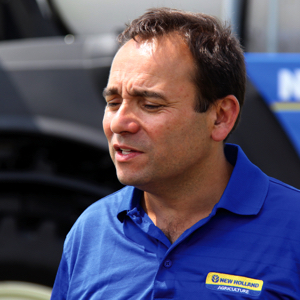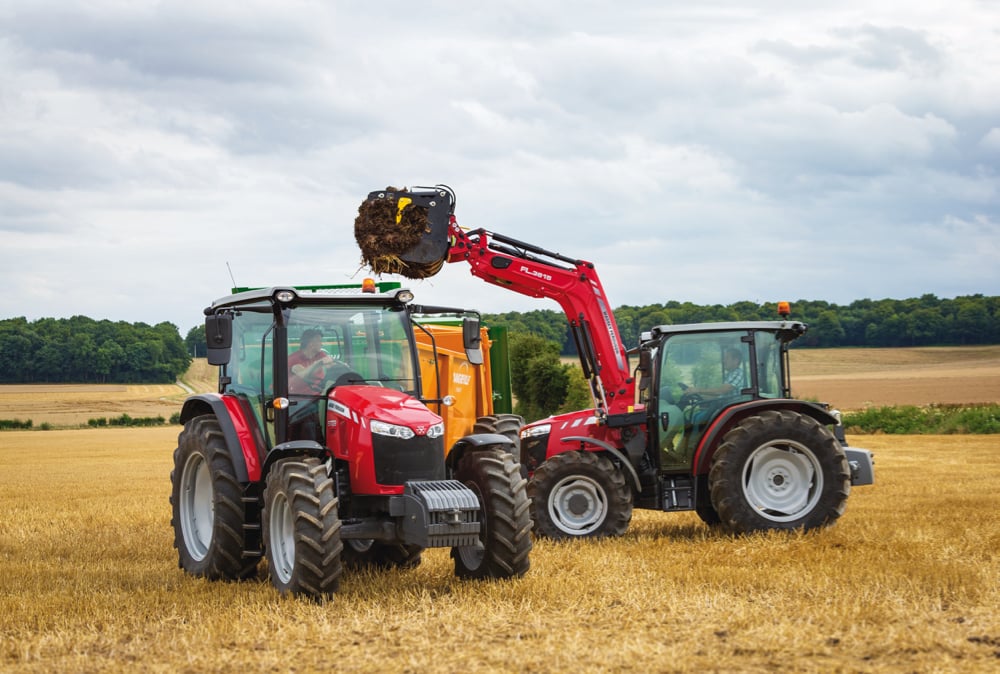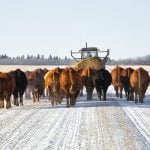Among the Big Four farm equipment brands, John Deere owns the largest slice of the North American market, and the bosses at its world headquarters in Moline, Illinois, have no intention of letting that change any time soon. In December they revealed their updated, long-term corporate strategy to investors, outlining how they intend to keep the green brand out in front of the pack.
That strategy includes the usual. It promises to keep inventory costs down, to keep earnings ratios up, etc., etc., etc.
But it also includes a core focus that might not seem so expected, i.e. recruiting, developing and retaining the right people.
Read Also

Joining forces for new innovations
Alberta ranchers Austin and his father Larry Ruud came up with an idea for a new product, the way any…
Nor is this just a tip of the hat to make the company’s workforce feel valued. Instead, it is a plan, and the objective to “grow extraordinary global talent” couldn’t be given higher profile, being identified as one of the four key factors that John Deere must score big on in order to achieve its overall long-term strategy.
Deere isn’t alone. In fact, if you talk to any senior executive at any equipment brand, you’ll find they are working as hard at innovating how they recruit and develop the skills of top-notch employees as they do with their machinery. They all know that no business can succeed without talented people from the factory floor to the executive boardroom.
Still, Deere is a good example, and its CEO, Samuel Allen, even devoted a considerable portion of his February 2014 shareholders’ meeting speech to the need to grow the company’s human resources. Here is what he said, in a longer extract than Country Guide would normally print because of the insight it may give farmers into how such a company thinks about the kind of HR issues that are increasingly affecting farmers, both in terms of their hired and family staff:
“There’s nothing that will have more impact on John Deere’s future than a supremely talented, committed and motivated workforce, such as our 65,000 employees and leaders. Everywhere we operate, we seek to attract the best talent, then to develop and deploy that talent for the ultimate benefit of our customers and investors. We’ve adopted disciplined processes to accomplish this aim and exacting metrics to stay on track.
“There’s always room for improvement, of course. But we’re making further progress in categories such as hiring preferred candidates, finding challenging developmental assignments, and building employee engagement. Engagement is a particular priority, because it is a key driver of performance, innovation and growth — all essential to carrying out our strategic plans.
“We also stress developing the right kind of leaders, those who share our values and have the drive and determination to help fulfil our mission of serving those linked to the land. That’s why we take leadership development so seriously and do everything possible to assist our people in making the most of their skills and realizing their potential.
“Among other steps, we’ve added rigour to our succession planning processes to ensure we have talented leaders in place throughout the world for our present and future needs.
“A major objective is developing indigenous, or regional, talent to help manage our non-U.S. operations and extend the John Deere brand to a wider global audience. I’m proud to note that, partly as a result of this emphasis, Deere has an increasing number of extremely capable nationals serving in key management roles across Asia, Europe and South America.
“The way we see it, bringing more diversity to our workforce, including our leadership ranks, makes our business goals that much more attainable. It fosters a richer global mindset and helps us achieve a deeper understanding of our customers — a group that itself has a wider range of backgrounds and needs than ever before.”
At New Holland
Then, when I spoke to Abe Hughes, vice-president of New Holland North America last July, I asked him not only how he finds candidates with the right combination of education and experience to take a position on his executive team, but how he allows them to develop.
Again, this is a longer transcript than we would normally include. But again too, the insights that it reveals into how to make an HR goal actionable are impressive.
“It’s a very complicated question,” Hughes said. “It’s a good question. It’s hard to get people in a rural economy. A lot of people will leave the farm, go get a college education and they won’t come back. We need people that are college educated for this business.
“What we’ve got to help us with that is, No. 1, we’re trying to build our brand early on. We have partnerships with colleges and students. We have a pretty robust internship program we’re running. We want to get engineers and people from ag economics, pull them in and get them accustomed to our business. See them for a couple of years and then give them an offer.
“And then once we’ve got them in, once they’ve been working with you for five or 10 years, how do you keep them? So I’ve created here a talent development program, where we identify our 12 or 15 stars every year. Then we’re deliberately putting them through a six-month program where we tell them you’re a star, you’re valued here. Then we get them into specific skill development. And then they have to work on a key problem we want to solve. They work on this together as a team, so they develop teamwork skills.
“Then out of those groups there are some keepers. We take those guys and we are deliberately putting them in key assignments to take them to the next level. It’s experiential, you know.
“But you’ve got to find the right people that probably come from a farm background that are doing ag economics or ag engineering and then develop and foster them from there.”
Even though Hughes says he’s looking for candidates with ag backgrounds, he doesn’t restrict his recruitment to the traditional agricultural colleges in the big ag regions, even recently hiring a Harvard graduate who had other job offers from competing industries.
“With that guy we had to compete with Wall Street and the Internet companies, we had to convince him he could have a wonderful career here and be around the things he loves,” Hughes explained. “He wanted to work in this (ag equipment) business. I mean, who wouldn’t? It’s fun being around farm equipment.”


